Antarctic Solitude: A Prolonged Winter's Tale of Endurance and Discovery
Mar 10, 2024 By Sean William
Antarctica, Earth's frozen frontier, beckons the bold to endure its relentless isolation and unforgiving cold. In this extreme environment, scientists and researchers grapple with the ultimate test of human endurance, facing months of complete darkness and a subzero climate that defies imagination. This article delves into the multidimensional challenges of life in Antarctica, exploring the psychological toll of isolation, the physical demands of subzero survival, the relentless pursuit of cutting-edge research, and the delicate balance required for sustainable living in this pristine but fragile ecosystem.
Antarctic Isolation: The Ultimate Test of Human Endurance
Living and working in Antarctica is an unparalleled challenge marked by extreme isolation. The continent, situated at the southernmost tip of the Earth, is physically cut off from the rest of the world for extended periods, primarily due to harsh weather conditions that limit transportation options. This isolation is particularly pronounced during the Antarctic winter, when the continent experiences months of complete darkness, creating an environment of solitude that is truly unmatched.
Scientists and researchers at remote research stations, like McMurdo and Amundsen-Scott South Pole Station, live in small communities and face the mental challenges of being alone for a long time. Not getting enough sunlight for a long time can make you feel lonely and sad. To combat these challenges, inhabitants of these research stations develop unique coping mechanisms and rely on developing strong social bonds within their small communities. Maintaining mental well-being becomes paramount in this frozen frontier, making the isolation of Antarctica the ultimate test of human endurance.
Subzero Survival: Coping with the Coldest Place on Earth
Antarctica holds the title of the coldest place on Earth, with temperatures plummeting to almost unimaginable record lows. Living in such extreme cold requires rigorous preparation and adaptation to withstand the harsh conditions. The perpetual winter, coupled with limited daylight during certain periods, poses challenges to mental health and physical well-being.
People living in Antarctica deal with Seasonal Affective Disorder (SAD), a form of depression linked to certain seasons, usually brought on by limited sunlight exposure. Various means are employed to combat SAD, including light therapy to mimic natural sunlight. The harsh conditions also demand a careful balance between the necessity for physical exercise, crucial for maintaining health and combating the effects of isolation, and the inherent risks associated with exposure to extreme cold.
Residents must be equipped with specialized clothing and gear to endure the frigid temperatures while ensuring their overall health and productivity. The ability to cope with and adapt to the coldest place on Earth becomes a defining factor in the day-to-day survival of those who choose to inhabit Antarctica.
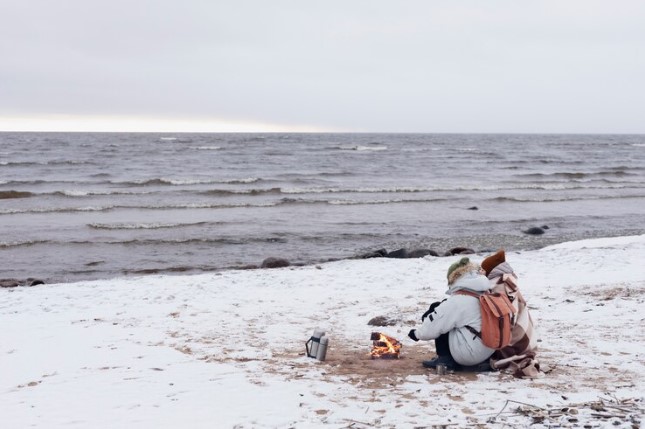
The Science of Survival: Cutting-Edge Research in the Icy Abyss
Within the sterile confines of Antarctica, the continent emerges as an unparalleled natural laboratory for scientific exploration. Scientists embark on a multifaceted journey of discovery, exploring topics ranging from climate change and glaciology to astronomy and microbiology. The remoteness of Antarctica, devoid of human interference, offers an ideal setting for experiments that would be impractical or impossible elsewhere, allowing researchers to delve into the mysteries of Earth's southernmost realm.
Yet, undertaking cutting-edge research in this extreme environment presents distinctive challenges. The pervasive cold poses an ongoing threat to scientific equipment, heightening the risk of malfunction. Logistical obstacles loom large, with treacherous terrains complicating the transportation of essential supplies.
This article illuminates the intricate landscape of scientific pursuits in Antarctica, uncovering the dedication and resilience of researchers who boldly navigate the challenges inherent in pushing the boundaries of human knowledge within this icy abyss. Scientists continue their exploration in the frozen expanse of Antarctica, showcasing a commitment to unraveling mysteries despite challenging environmental conditions.
Sustainable Living: Balancing Human Presence with Environmental Preservation
Beyond its role as a scientific hub, Antarctica is recognized as a delicate and pristine ecosystem requiring meticulous stewardship. To avoid permanent harm, strict environmental rules control what people do on the continent. These rules make sure that research stations work well in the special environment. These regulations aim to preserve the natural balance, allowing scientific exploration without compromising the integrity of Antarctica's fragile ecosystems.
Sustainable Energy
A cornerstone of sustainable living in Antarctica involves using renewable energy sources. Research stations use solar and wind power to fulfill their energy requirements, lessening dependence on fossil fuels and lowering the carbon footprint. This sustainable energy approach not only supports the ecological health of Antarctica but also serves as a model for environmentally conscious living in one of the world's most extreme environments.
Waste Management
Central to sustainable living practices is the responsible management of waste. Antarctica's residents employ recycling initiatives and waste reduction strategies to minimize the ecological impact of human activities. These measures aim to curb pollution, maintain the purity of Antarctica's environment, and uphold a commitment to leaving the icy wilderness as untouched as possible.
Ecosystem Protection
Measures are implemented to protect delicate ecosystems and wildlife from potential disturbances caused by human activities. Strict guidelines regulate human-wildlife interactions to prevent disruptions to the natural balance. The preservation of biodiversity and the avoidance of negative impacts on indigenous species are integral components of the sustainable living practices observed in Antarctica.

Conclusion
In the endless winter of Antarctica, where isolation and subzero temperatures converge, a resilient community thrives. From the relentless pursuit of scientific knowledge to the meticulous preservation of the icy wilderness, those who brave this frozen realm exemplify the indomitable spirit of human exploration.
As we look into the center of Earth's iciest continent, we see the challenges conquered and the lasting legacy of a community committed to understanding the secrets of Antarctica while preserving its fragile harmony. Antarctica stands as a testament to human perseverance, where the pursuit of understanding collides with the harsh realities of an endless winter, echoing a commitment to scientific exploration and environmental stewardship.
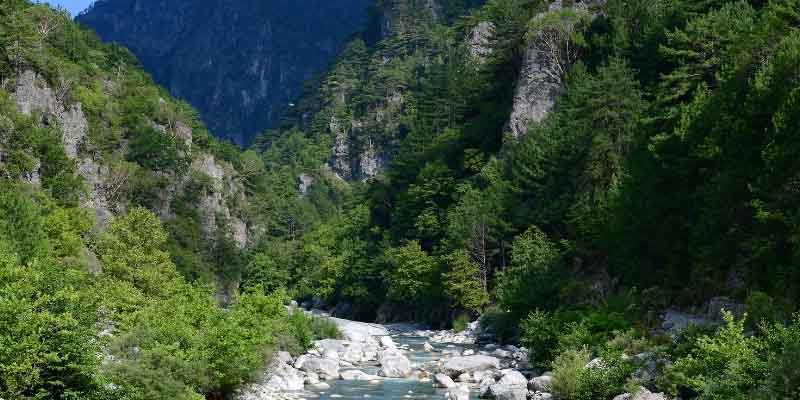
JWitness the Magnificence of Greece's Wildlife: Exploring Enchanting National Parks
Do you know any wildlife parks in Greece worth visiting? Grab this guide and get ready to go!
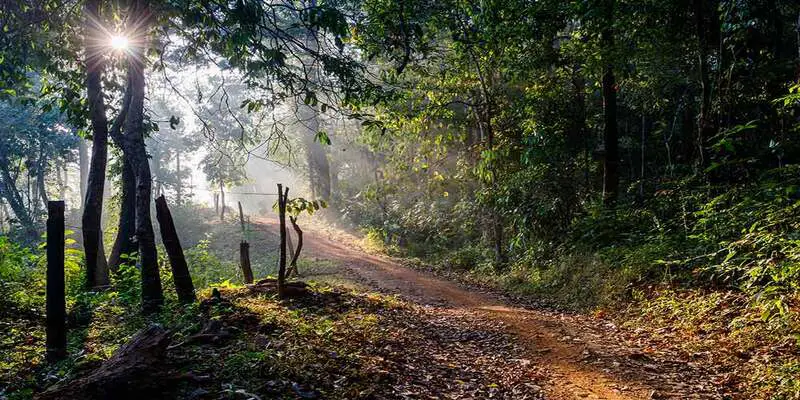
JBest Travel Winter Destination in Ooty
Explore the top destinations to visit in Ooty during the winter season. From serene lakes to historic landmarks, this comprehensive guide provides insights into must-see attractions for an unforgettable winter getaway.
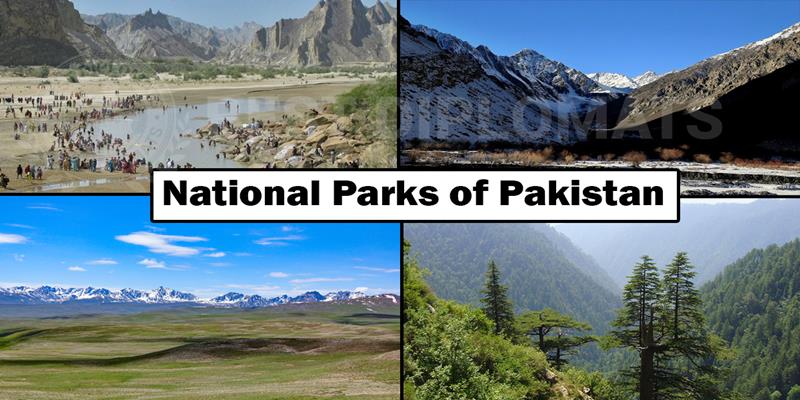
JExplore the Top 5 National Parks to Visit Today
Discover the beauty of nature by exploring these 5 breathtaking national parks. Plan your next adventure now!

JExploring the Shopping Scene in Tirupati
Uncover the top shopping destinations in Tirupati with this detailed guide. From bustling markets to vibrant street vendors, explore where to find the best bargains and unique souvenirs in this bustling city.
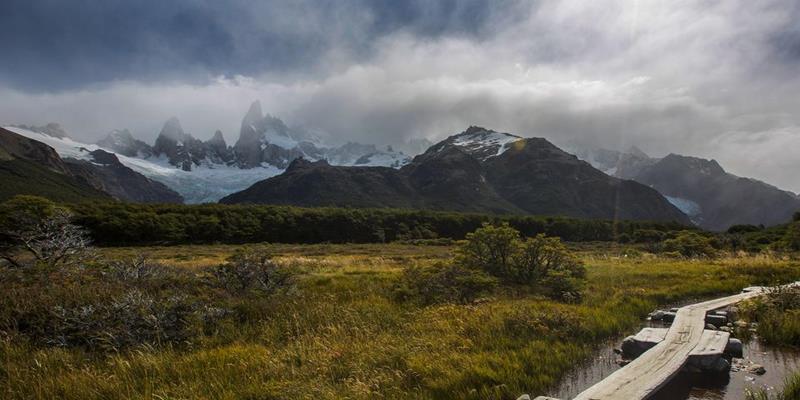
JDiscover Argentina: A Visual Journey
Embark on a visual adventure through Argentina, exploring its breathtaking landscapes, vibrant culture, and unforgettable experiences.

J5 The Best Family-Friendly Safaris In South Africa
The top safaris in South Africa are suitable for families because going on an African safari is one of the most exciting things.

JExploring the Thrill of the Kiteboarding World Cup
This detailed article dives into the exciting world of the Kiteboarding World Cup, outlining the sport’s competitive structure, highlighting key locations, and exploring what makes kiteboarding an adrenaline-filled experience for both athletes and fans. Discover the essential information about this global competition, including the types of events, popular destinations, and the athletes who make it all happen.
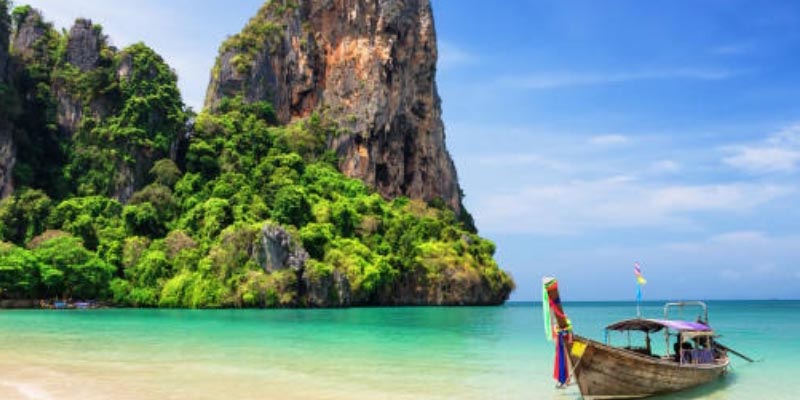
JBasking in Paradise: Exploring Thailand's Best Beaches
Which beaches are the most worth visiting in Thailand? This travel guide will tell you the answer!
 silveroakinfo
silveroakinfo